Polygon Characteristics -> exponential equations
Explanation of Exponential Equations
An exponential equation is an equation in which the variable appears in the exponent. The general form of an exponential equation is:
\[a \cdot b^x = c\]
Where:
- \(a\) and \(b\) are constants, with \(b\) being the base
- \(x\) is the exponent
- \(c\) is a constant
To solve exponential equations, one often uses logarithms to isolate the variable. The most common types of exponential equations involve solving for the variable in the exponent, or finding the value of the exponent when the base and the result are known.
Study Guide for Exponential Equations
Here are the key steps for understanding and solving exponential equations:
- Understand the Basic Exponential Form: Make sure you understand the basic form of an exponential equation, including the base, exponent, and constants involved.
- Use Logarithms: Learn how to use logarithms to solve exponential equations. The logarithm of a number to a certain base is the exponent to which the base must be raised to produce that number.
- Practice Solving Equations: Practice solving various types of exponential equations, such as finding the value of the exponent or solving for the variable in the exponent.
- Understand Exponential Growth and Decay: Exponential equations are often used to model growth and decay in real-world situations. Understand how to interpret and solve problems involving exponential growth and decay.
- Review Properties of Exponents: Understand the properties of exponents, such as the product rule, quotient rule, and power rule, as they are essential to simplifying and solving exponential equations.
By mastering these key concepts and practicing different types of exponential equations, you can develop a strong understanding of this topic and be better prepared for more advanced mathematical concepts.
Good luck with your studies!
.◂Math Worksheets and Study Guides Fifth Grade. Polygon Characteristics
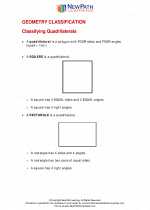
 Worksheet/Answer key
Worksheet/Answer key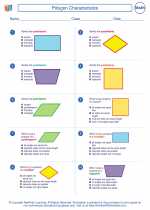
 Worksheet/Answer key
Worksheet/Answer key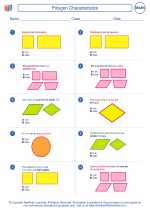
 Worksheet/Answer key
Worksheet/Answer key
 Worksheet/Answer key
Worksheet/Answer key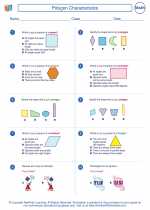
 Worksheet/Answer key
Worksheet/Answer key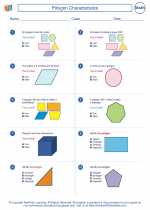
 Worksheet/Answer key
Worksheet/Answer key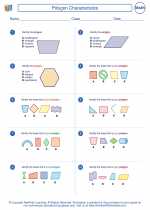
 Worksheet/Answer key
Worksheet/Answer key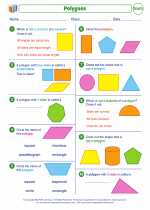
 Worksheet/Answer key
Worksheet/Answer key
 Vocabulary/Answer key
Vocabulary/Answer key
